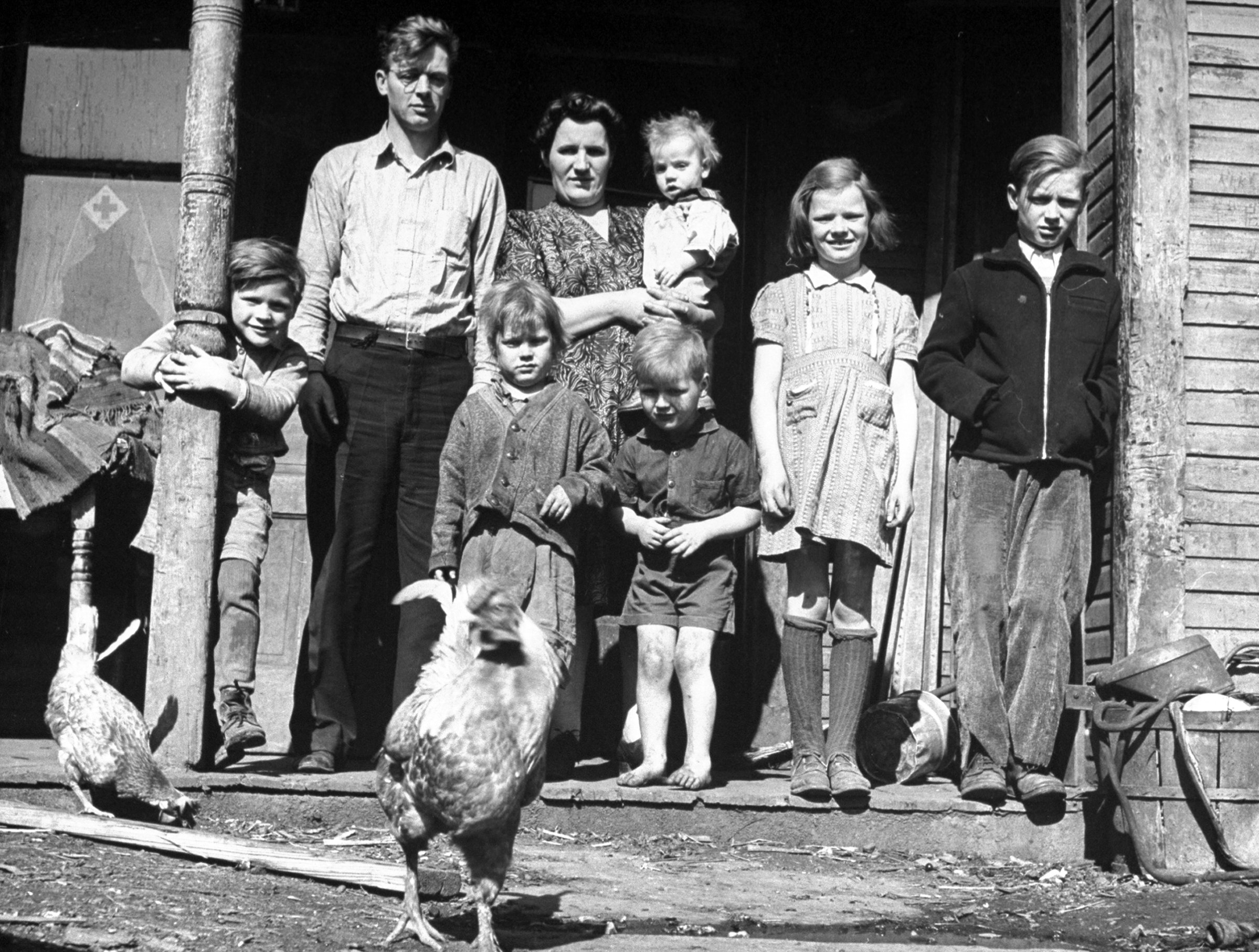
Even as it has largely moved on from the heyday of the industry, Pittsburgh — thanks in part to its football team — retains its link to the glory days of American steel.
In LIFE’s vast archives of photography, one side of that history is captured vividly in these photographs by Wallace Kirkland, a LIFE staff photographer who made the images above in May of 1944. While the photos survived, very little information remains about the people and places they show.
Such situations are not uncommon when it comes to LIFE. Photographers like Kirkland were dispatched all around the world but, especially amid the fast-paced news climate of World War II, even the most striking photojournalism could be bumped out of the magazine by more pressing news. The staff did a generally excellent job of archiving the captions and reporters’ notes that were sent back by the people who worked on the stories, but things fell through the cracks, and that incarnation of the magazine ceased production in 1972. The images in the collection are still available and can be searched, but when they come back with sparse captions and no notes, today’s reporters are stuck. Sometimes outside clues can be used to identify the content of the images — last year, we even identified a llama — but not always.
This Pittsburgh family appears to fall into that latter, unfortunate category. Kirkland died in 1979 and his 1954 memoir contains no mention of Pittsburgh.
What we can say is that there would have been plenty of news to cover in Pittsburgh at the time. During the World War II era, the state of Pennsylvania was responsible for nearly a third of American steel production. With many citizens off to fight abroad, the need for workers was high. The year 1944 ought to have been a high point for steel workers: though the end of the war in 1945 would bring fear of scaled back production and fewer jobs, the previous year saw high demand. (Military contracts were a source of much money.) Women as well as men went to work in the steel industry. But amid that boom, the steel industry felt the privations of war. In order to prevent inflation, the War Labor Board put a limit on raises, even as the cost of living increased.
The terminology used in the extant captions (the “slum area” and the “dirty kitchen”) implies that these images were taken for a story about poverty, and perhaps this family was an example of the people who were affected by those limits on pay. We also know that Kirkland, who had a degree in social work administration and had worked in Chicago at the Hull-House settlement prior to joining LIFE’s staff, was experienced in using his camera to capture the lives of the disadvantaged and marginalized.
In the post-war years, redevelopment in Pittsburgh — home of infamously bad air quality — led to the destruction of large areas of working-class housing (particularly African-American neighborhoods, apparently not visited by Kirkland).
“For nearly a century and a half the metropolis had developed as an industrial slum,” LIFE noted in a 1956 story about efforts to rebuild the city. “Smothering under its black smoke shroud, it had been squalid, sooty and tired. At the end of World War II, with real estate values fallen and its people and its industries craving to move elsewhere, Pittsburgh had seemed incurably ill.”
Recently, Pittsburgh’s economy has been doing fairly well, with many former steel workers entering new industries that seem to show greater hope for the future.
Do you recognize the people or places seen in these photographs? If so, we’d love to hear more about them. Find us on Twitter at @LIFE.
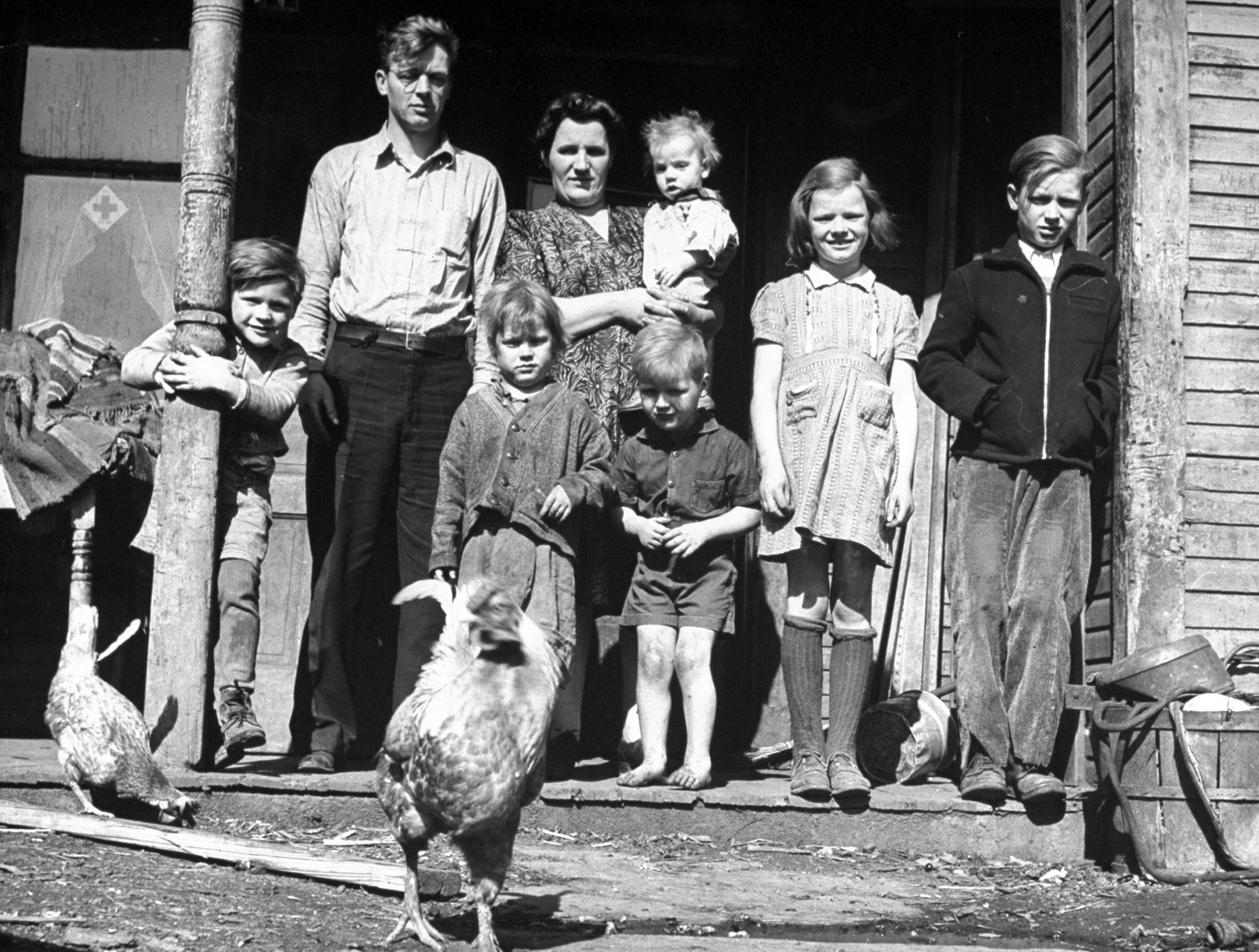
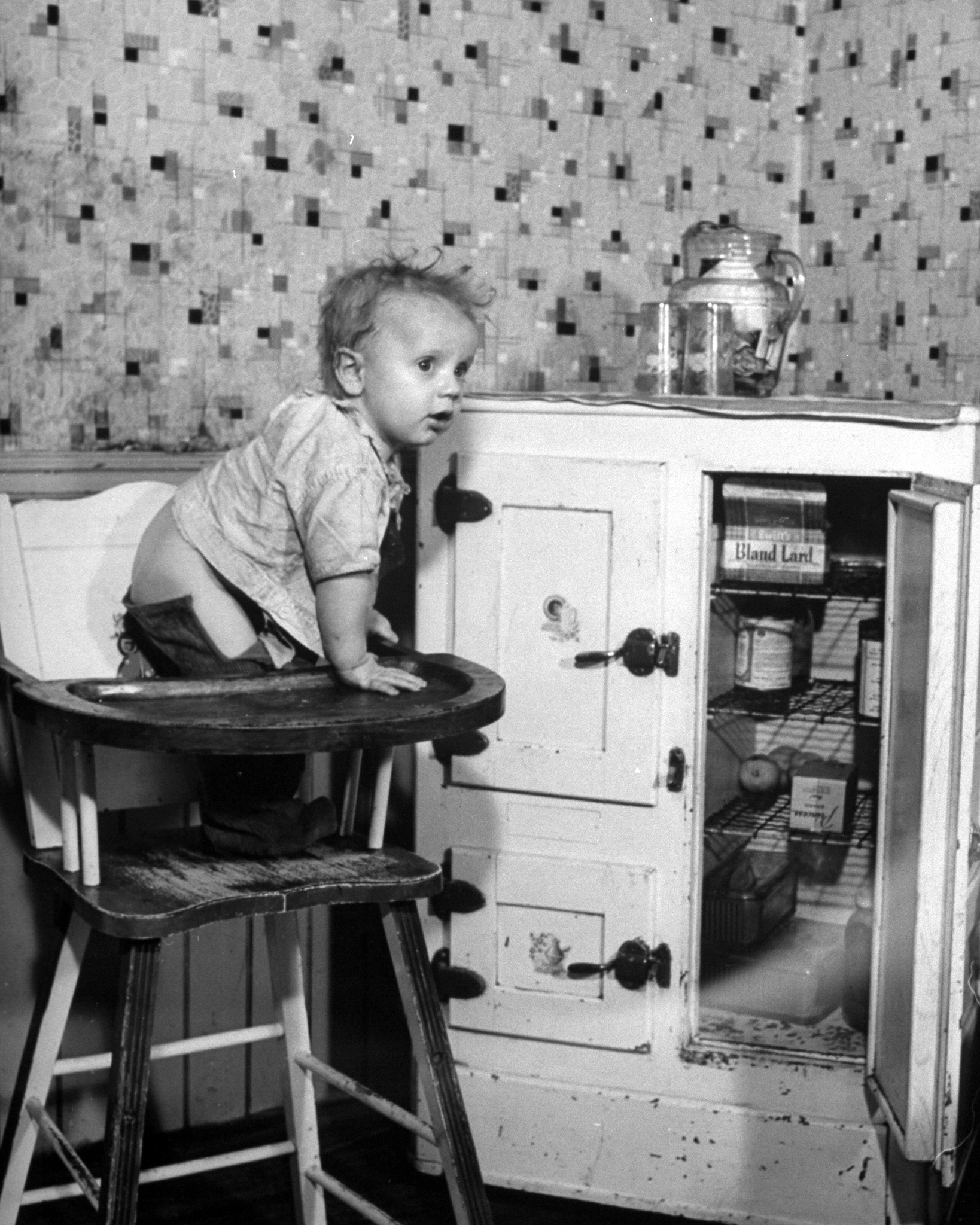



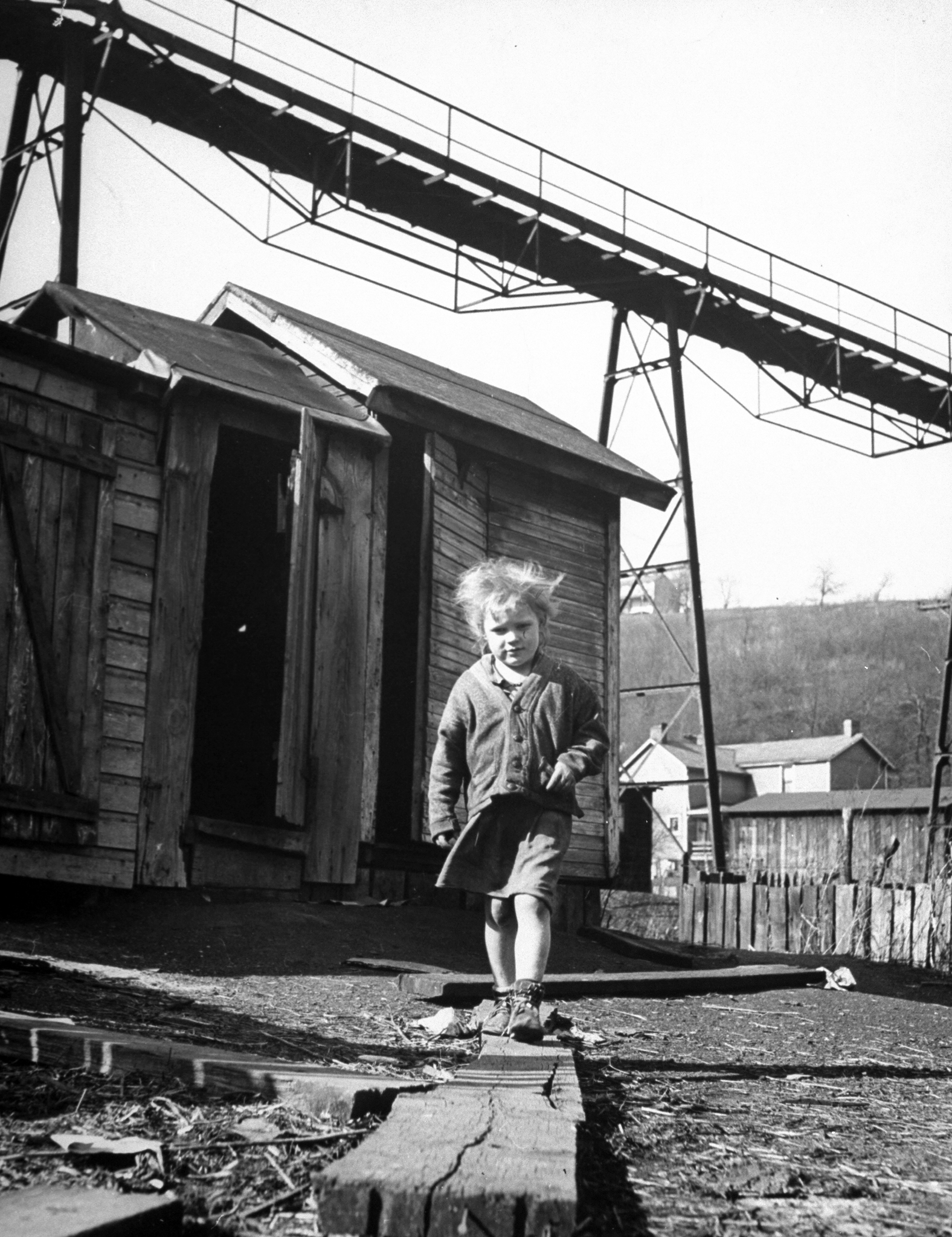
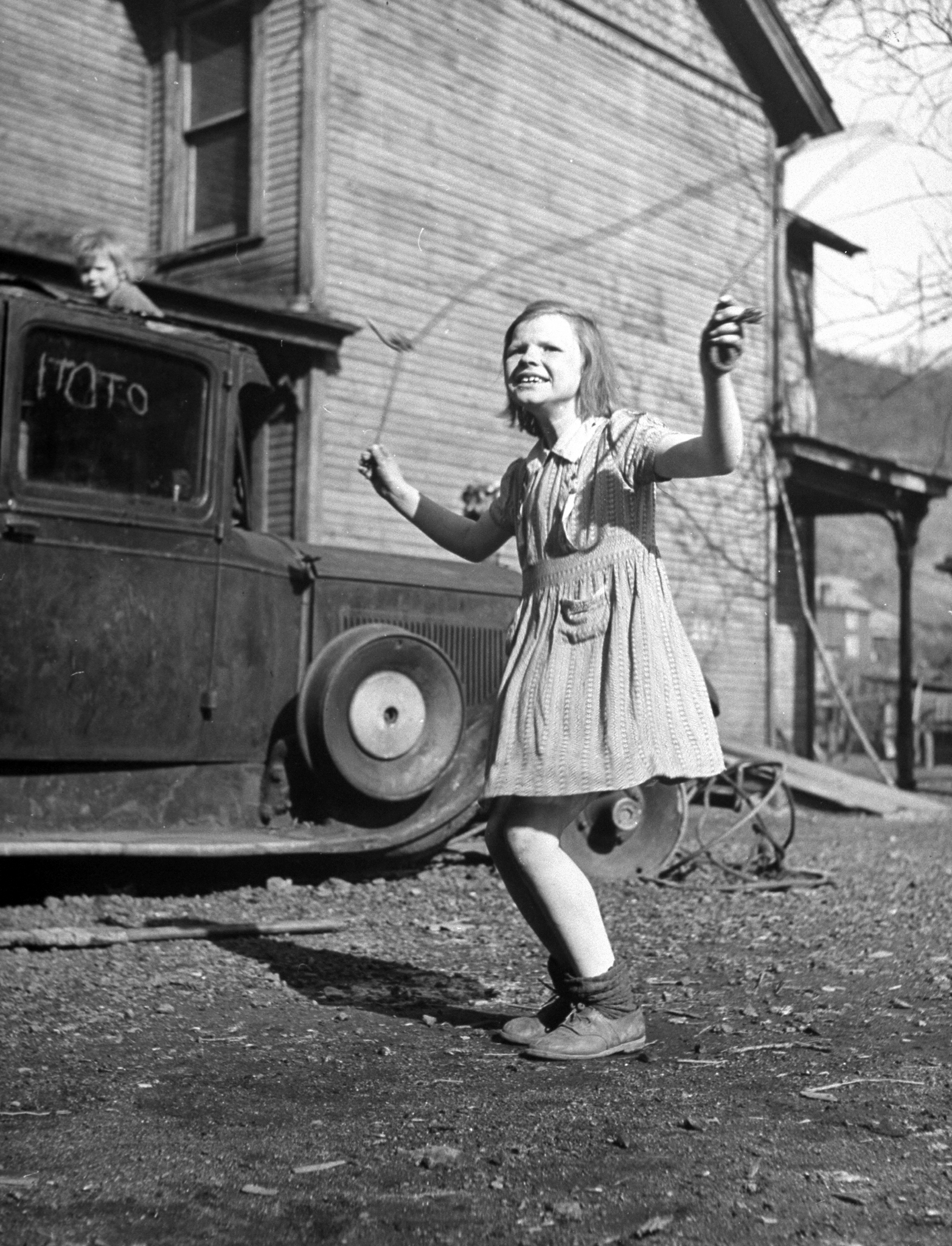

More Must-Reads from TIME
- Cybersecurity Experts Are Sounding the Alarm on DOGE
- Meet the 2025 Women of the Year
- The Harsh Truth About Disability Inclusion
- Why Do More Young Adults Have Cancer?
- Colman Domingo Leads With Radical Love
- How to Get Better at Doing Things Alone
- Michelle Zauner Stares Down the Darkness
Write to Lily Rothman at lily.rothman@time.com